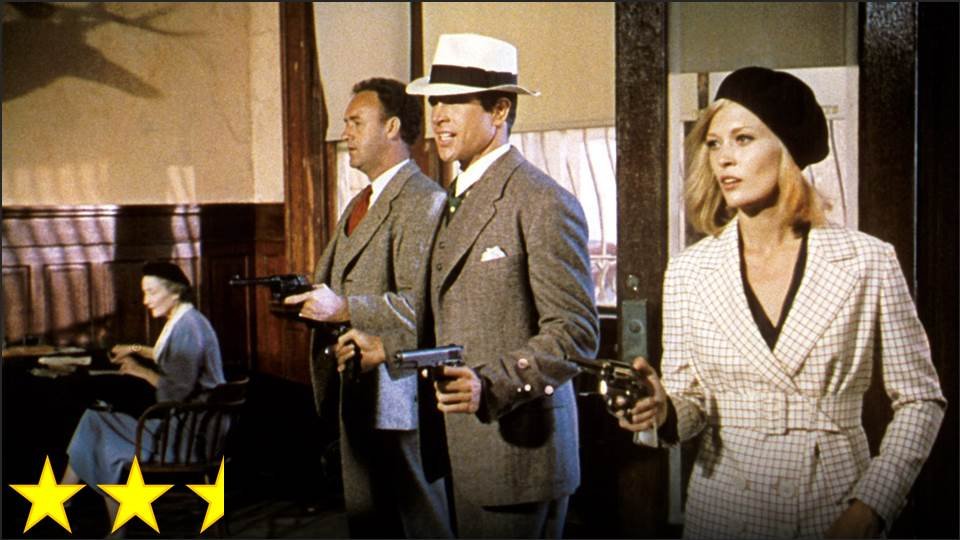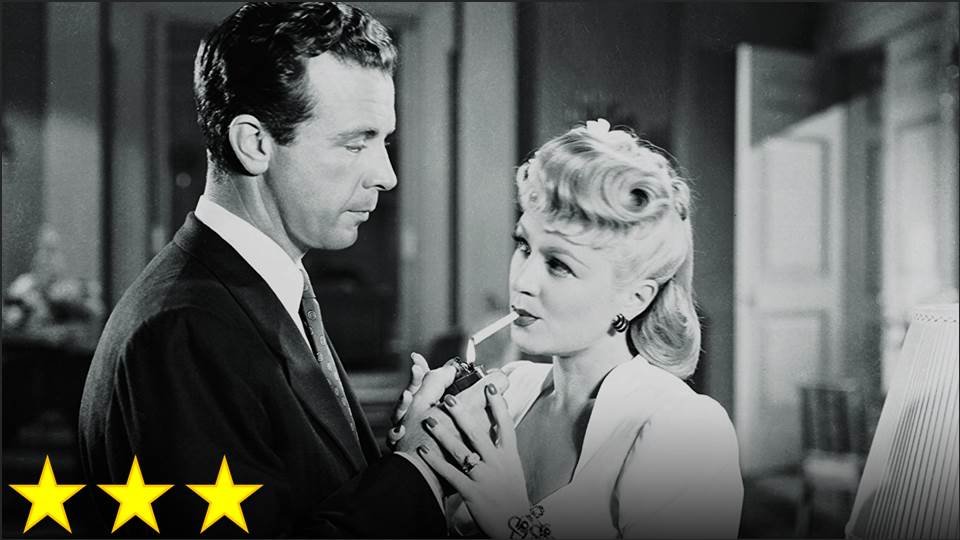Bonnie and Clyde is one of the most divisive films in the history of American cinema. On the one hand, many critics praised it for being something entirely new. Roger Ebert wrote, “It is also pitilessly cruel, filled with sympathy, nauseating, funny, heartbreaking, and astonishingly beautiful.” By contrast, it was called needlessly aggressive, violent, purposeless, and unfocused by a great many critics, but we’ve mostly forgotten that. All that we remember is that it was shockingly different from Classical Hollywood, and so we’ve decided it was a great movie. And maybe it was.
Now it’s not.
Now there is very little of interest here. The main characters are uninteresting, the comedy isn’t very funny, the violence isn’t much of a spectacle, and the bold style of editing just isn’t striking anymore. I do think there are a few likable things about this movie, but not enough for it to be considered one of the greatest films of all time. It was different from other films, but not different in any ways that are really worth praising (compare to The Graduate or Guess Who’s Coming to Dinner).
So why isn’t my star rating lower? Simple: Gene Freaking Wilder. It’s one of his best performances, and he made the whole movie well worth the watch. To be fair, there are some other scenes I like as well – the opening credits, for example, or … well, really most of the beginning of the movie, after which it largely goes downhill – but only Gene Wilder’s part can be said to be truly great. For the rest of the film, I’ll repeat the same old adage I’ve said time and time again: if I don’t care about the characters, I won’t care about the story. It’s possible for a film to be good even without a great story, but this film is too dependent on a story that was done better by Trouble in Paradise and Gun Crazy for that to be possible.





